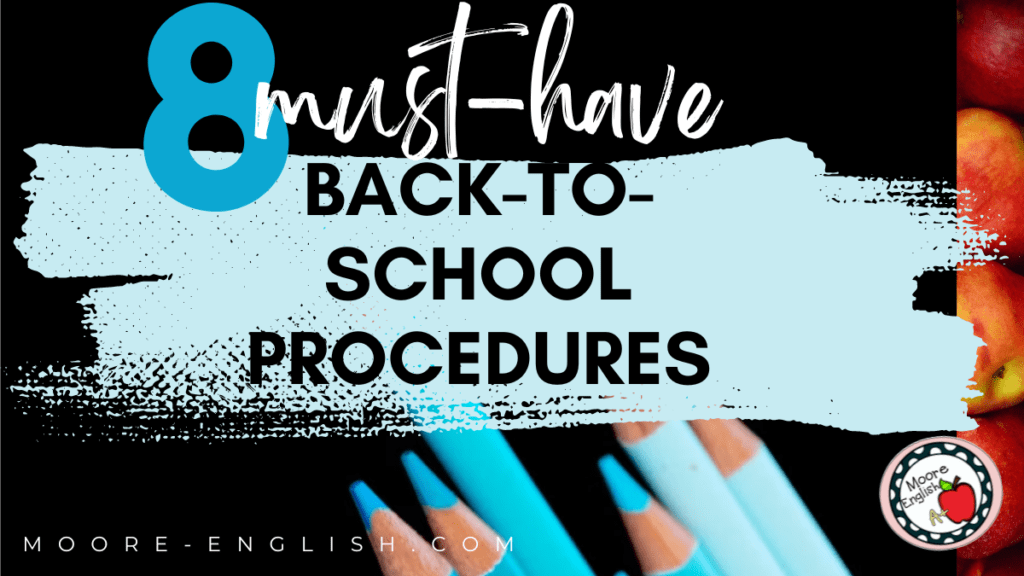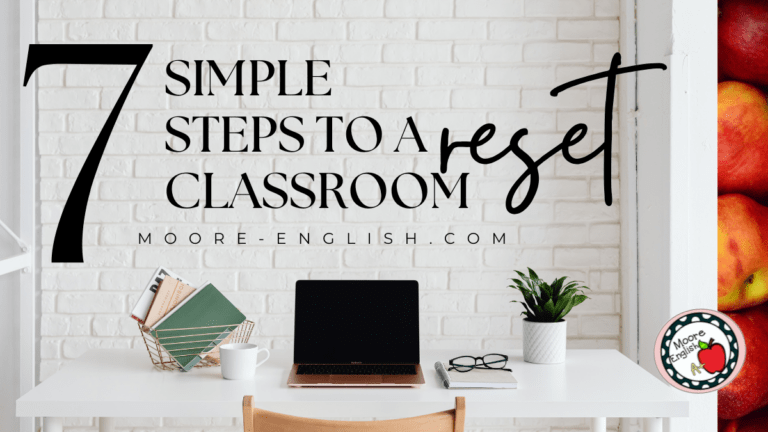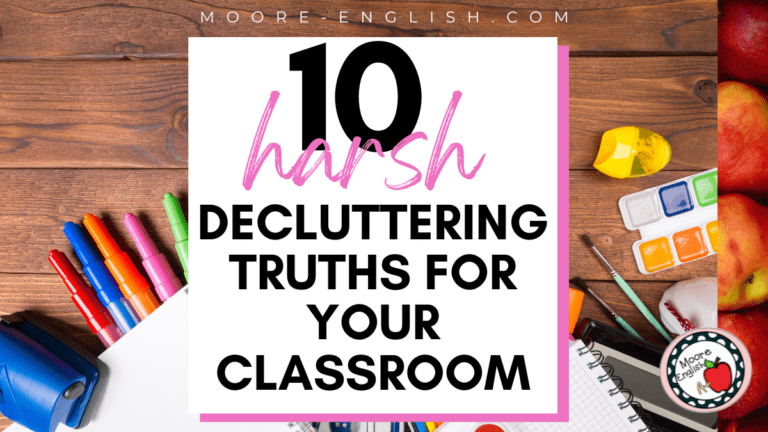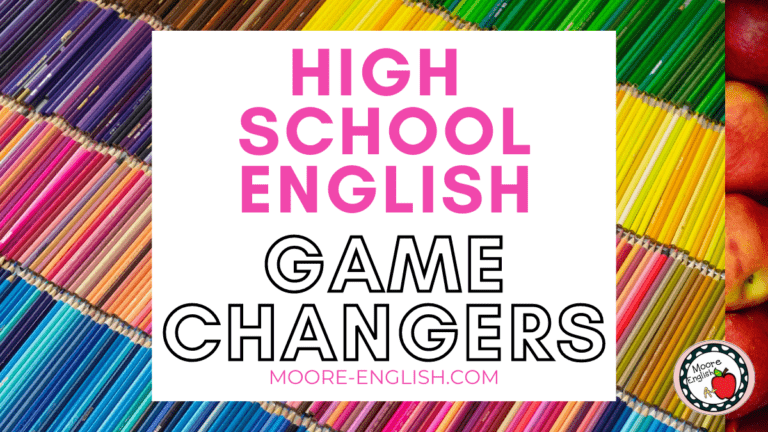As we get ready to start a new school year, I’ve had classroom procedures on my mind. Since this will be my first year in a new school district, I’ve been thinking about which classroom procedures I need to refine. I’ve been wondering how being in a new building will affect my classroom procedures.
Today, I want to share 8 back-to-school procedures every classroom needs!
This post this post may contain affiliate links. Please read the Terms of Use.
Basic Back-to-School Procedures
When we’re thinking about classroom procedures, I like to think about them from least to most involved. As a type-A teacher, I often want to teach all my procedures to students all at once, but that’s not necessarily the most practical.
For one, not every procedure is necessary or appropriate for the first day. For another, students are getting procedures from every teacher at the beginning of the year, so they can get overwhelmed. With all this in mind, I start with my basic back-to-school procedures on day one and move to more complex procedures throughout the first week or as they become necessary.
Basic Procedure #1: Entering and exiting the room are procedures that students will need daily, so think about how you want students to enter the room. Do you have a specific way you want to greet students? What will students do when they enter the classroom? Similarly, when exiting the room, how will you keep students from lining up at the door?
Basic Procedure #2: Similarly, students will always want to leave the room (to visit the nurse, the library, the bathroom, the guidance office, etc.). Having a pass system is an essential back-to-school procedure. My school determines our pass policy (we use an online system), but your school may do something different so choose what that procedure will be like for you.
Basic Procedure #3: One of the basic back-to-school procedures I really value is the development of a seating chart. I really take my time developing seating charts. In fact, the most-popular Moore English post is about seating charts!
Back-to-School Procedures with Movement
When I think about the continuum of back-to-school procedures, I think of “intermediate” procedures as the ones that require student movement. Additionally, when I design the kind of procedures that involve student-initiated movement, I want to choose procedures that improve or increase student self-efficacy.
First, students will need a sustainable procedure for submitting work. Sure, some work will be submitted through digital platforms like Google Classroom, but other items will be completed on paper. For example, I require students to submit a signed syllabus. Where will students turn in work? And is this a sustainable procedure?
Similarly, students will ask for supplies. Do you have bandaids, pencils, erasers, feathers, glitter, snacks, unicorns? Rather than fielding these questions all day, I just have a May I Borrow Shelf…? where students can find these items. I keep it at the back of the room so it’s easy to monitor, but after a few days of hesitation, students embrace this procedure.
More Complex Back-to-School Procedures
These two procedures are a little more complex because they require a little more work on the backend. Before I can deploy these two back-to-school procedures, I have to do some prep work.
First, a technology checklist is a must have for me. It always seems like there’s so much technology work to prepare before students arrive. Some of that preparation they will see, but some of it they will not. You can knock of some of that prep work by setting up these 5 free digital teacher accounts.
Secondly, teachers have to choose some back-to-school diagnostics and formative assessments. Ask yourself if someone else on your team has a pre-test ready to go? Can you find one you like online or in a school-provided resource? I prefer this Grammar Inventory to start of my classroom diagnostics.















